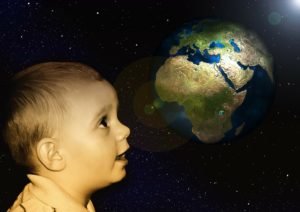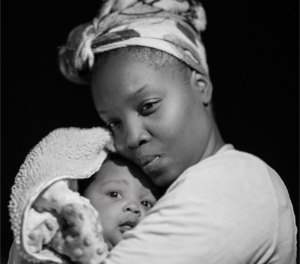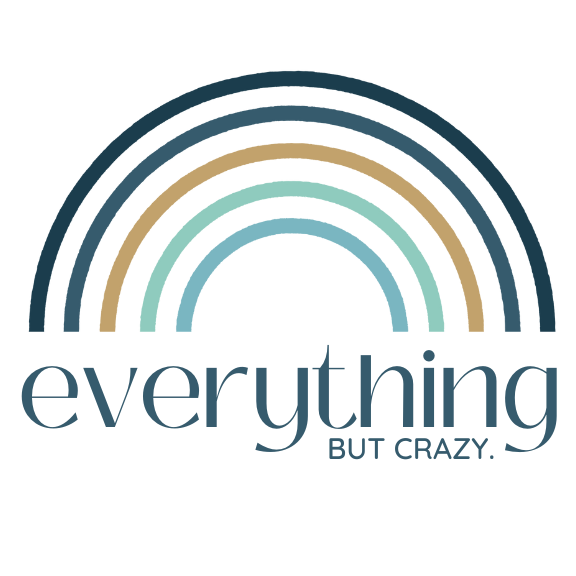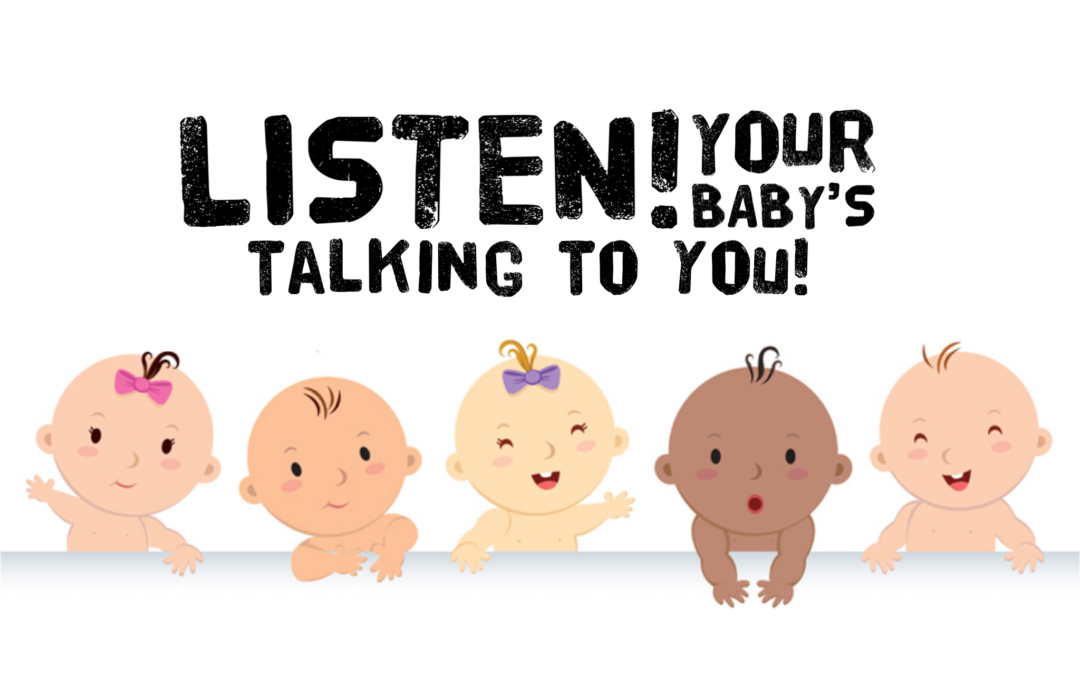Have you ever wished that your baby could just tell you what he wanted? Like in one of those moments when you have tried absolutely everything you can think of, and yet your baby is still crying? Those moments are stressful, and often frustrating when you desperately want to meet your baby’s need.
So what if I told you your baby is already talking to you?!
I’m serious. This discovery started with an Australian woman named Priscilla Dunstan, who discovered different sounds that her baby made just before he cried (what Dunstan refers to as the “pre-cry”). Using her photographic memory, she recognized these sounds formed a pattern in response to five distinct needs: hunger, fatigue, pain/discomfort, gas, and burps. By paying attention to those sounds, Dunstan was able to recognize what her son was trying to communicate and respond in kind.
Initially Dunstan assumed this ability to communicate was unique to her baby. But imagine her surprise, when she was out and about and started to recognize other babies using the same exact words. And she has since discovered that these words are shared universally by babies all across the world! Wild!

So how does it work? Dunstan attributed babies’ ability to produce these words to innate reflexes (just like the finger grasp reflex we adore so much in our newborn babies!). These reflexes combine with sound to produce words just before the baby escalates to crying. The five words are:
- Neh (I’m hungry)
- Owh (I’m tired)
- Heh (I’m uncomfortable/ I’m in pain)
- Eh (I have to burp)
- Eairh (I have gas)
This language, which has since been dubbed Dunstan Baby Language (DBL), occurs in all typically developing babies in their first three months. After that time, babies start learning to babble, and the words are not as easily identified. However, I will say that with my 11 month old Squish I can still hear these words most of the time when something is bothering him, and it continues to be an invaluable resource in helping me to meet his needs. (Watch this clip https://youtu.be/PgkZf6jVdVg from the Oprah Winfrey Show to listen to the words. And then go check out the DBL website at http://www.dunstanbaby.com/ to learn more).
So, can you you believe that?! Your baby is talking to you!!!
Now, this is just super cool stuff period. But why I felt compelled to write about it and share it with all of you here, is because of the opportunity to use DBL to facilitate attunement with your baby.
Attunement is the result of our efforts to pay attention to our babies, to understand them, and to anticipate their needs. We become more attuned when we pay attention to our baby’s cries, facial expressions, and body language. This information helps us to better understand our child’s preferences and needs, and gives us an opportunity to more accurately meet those needs.

And when we get pretty good at being attuned to our baby, it takes us one step closer to the development of a secure attachment, which is the cornerstone to mental health and resilience for the rest of their lives. Those early interactions that your baby experiences with you will help shape things like self-esteem, morality, social interactions, and the ability to cope with hardship. (Read more about attachment and how it affects your child in How to Influence Your Child’s Future (From the Comfort of Your Current Life).
Given the impact of attachment, it makes sense to invest energy into as many ways to strengthen our attachment to our babies as possible. So using DBL to facilitate your ability to be attuned to your baby is a win-win-win. You get the inside scoop of what’s going on with your baby, your baby gets his needs communicated, and you’re both on your way to developing a strong, secure attachment that will serve him well for the rest of his life.
Whether you’ve got a baby in arms right now, or you happen to pass by another baby, pay attention to those cries. Chances are good you might hear what he’s saying!
____
Dana Basu, PsyD is a licensed clinical psychologist at EverGROW therapy and founder of Everything But Crazy, an online resource for parents. She provides individual therapy, support groups, and online resources for parents in Orange County and throughout the state of California via online therapy. She specializes in working with the highly sensitive person and people with difficult childhood experiences, trauma, parenting stress, and chronic guilt.

